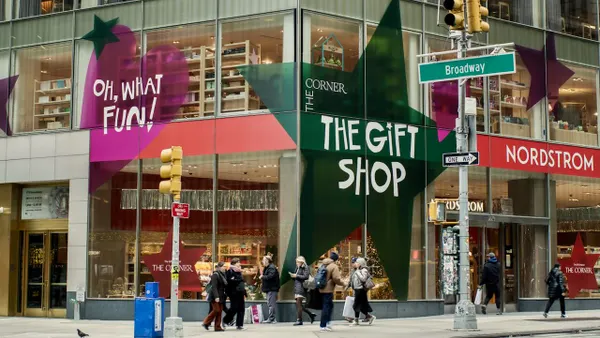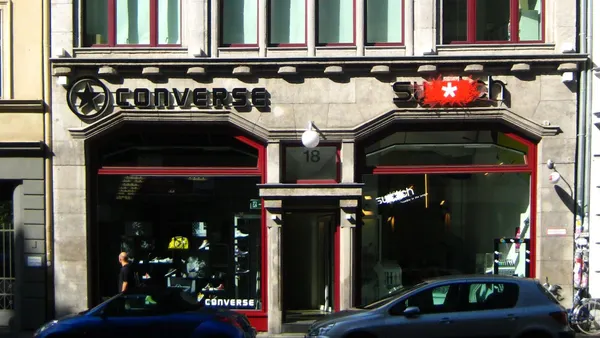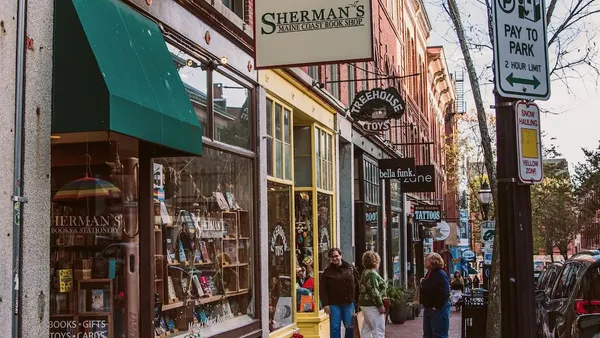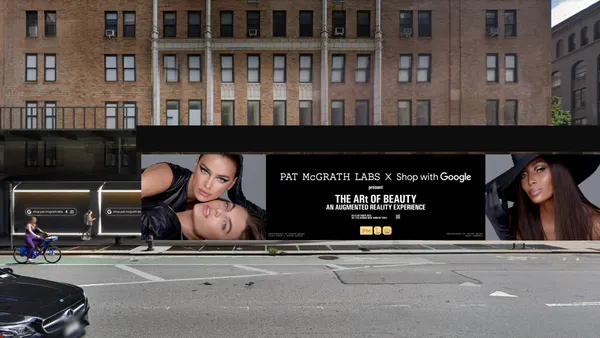Dive Brief:
-
Mall owners are increasingly turning away from department stores that once anchored their properties in favor of a mix of experience-based commerce and specialty retail and fast fashion, the Wall Street Journal reports.
-
Simon Property Group Inc. has replaced 50 department stores over the past 15 years, or about 11% of all the department stores at its centers, with tenants that include Primark, Target and Forever 21, according to the Journal.
-
General Growth Properties, meanwhile, has taken back space from 65 department stores, about 15% of its anchors, replacing them with H&M, 24 Hour Fitness, Wegmans grocery stores, and restaurants.
Dive Insight:
By mid-century, the American department store was dependable for its wide range of high-quality goods and stellar customer service. But later, department stores pivoted to the suburbs, where their stores anchored malls instead of city corners.
In the process they lost a lot of what made them special. Department stores that boasted magnificent display windows and several stories in their downtown locations were mostly one or two-story box stores competing with specialty stores elsewhere in the mall.
And their selection also became less dazzling, says retail studies professor Mark Cohen of Columbia University’s business school. Solidly performing departments in these retailers, like Macy’s home-goods Cellar department, eventually were discontinued and the stellar customer service gave way to hard-to-find salespeople and discounts upon discounts, Cohen told Retail Dive last year.
“The department store emporiums, filled with endless wonderment and tremendous assortments, were supplanted by the growth of the retail shopping mall, which put these stores as anchors but surrounded them with specialty stores,” Cohen said.
Facing changing consumer habits and declining foot traffic, department store retailers are now trying to turn it around, with plans to incorporate more experiences in their locations. Macy's unveiled a new store concept last month that includes many store-within-store concessions like a Bluemercury spa, ramped up wedding services, and enhanced interior design.
Malls are now trying to lure customers with the same amount of wonderment, or at least with experiences and dining—things that can’t be found online. But despite their efforts to adapt, increasingly department stores aren’t part of the equation.
“The definition of an anchor has changed,” CBL & Associates Properties CEO Stephen Lebovitz told the Journal. “Cheesecake Factory does as much business as Sears used to do."
Mall owners are also cognizant of the fact that shoppers have less time than they once had and are making it easier to navigate their properties. After lagging when it comes to technology, they are now increasingly leveraging software tools, including mapping tools to help customers find parking, tracking tools to determine traffic levels and patterns, communications with shoppers that include notices of sales or coupons, sensors that enable optimal lighting in parking lots while also saving energy, and more, according to the Journal.













